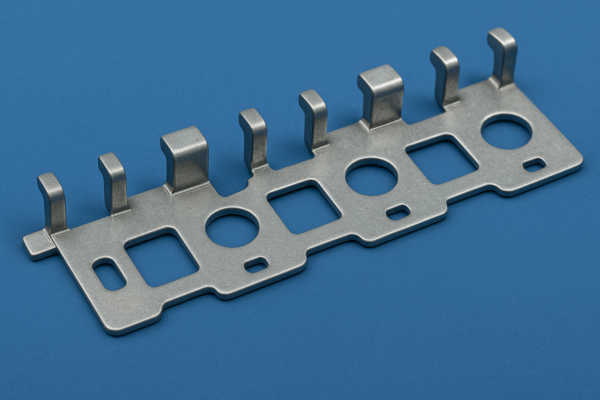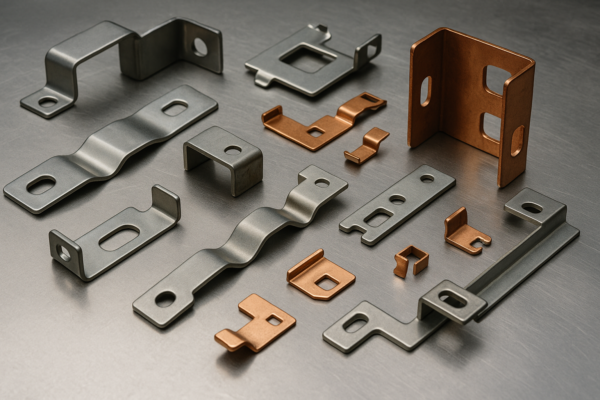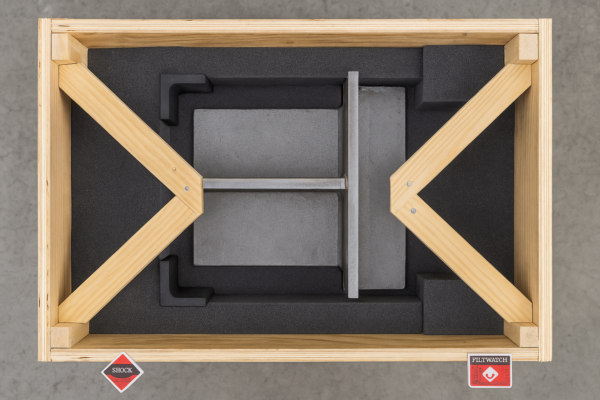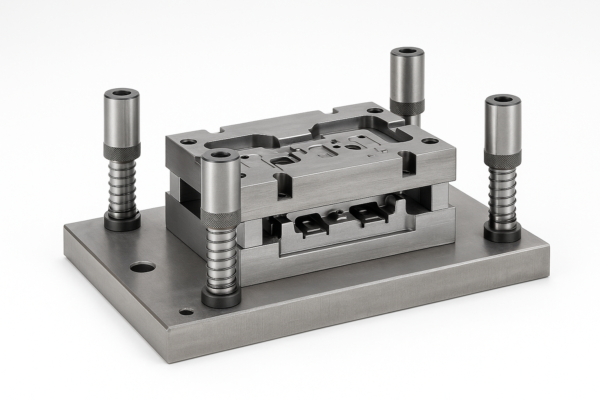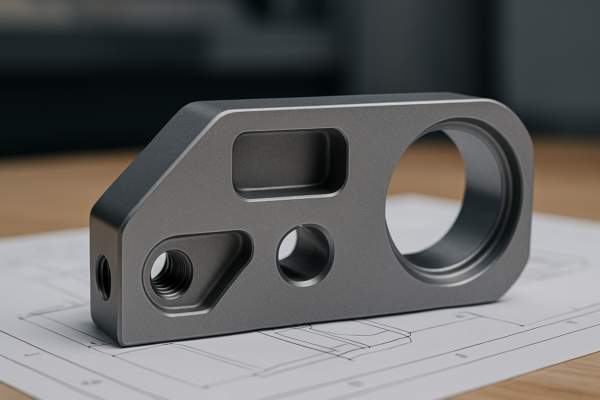What Are the Four Types of Metal Stamping?

Metal stamping is a vital manufacturing process that shapes metal sheets into desired forms. Understanding the four primary types of metal stamping—progressive die stamping, transfer die stamping, compound stamping, and four-slide stamping—is essential for selecting the appropriate method for specific applications.
Snippet paragraph: The four main types of metal stamping are progressive die, transfer die, compound, and four-slide stamping, each suited for different manufacturing needs.
Let’s delve into each type to understand their unique features and applications.
📚 Table of Contents
- What Are the Four Types of Metal Stamping?
- How Many Types of Stamping Are There?
- What Are the Different Types of Metal Stamping Dies?
- What Are the Different Types of Stamping Presses?
- FAQs
- Contact Prime for a Material Consultation
What Are the Four Types of Metal Stamping?
Understanding the primary metal stamping methods helps in selecting the right process for manufacturing needs.
Snippet paragraph: The four main types of metal stamping are progressive die, transfer die, compound, and four-slide stamping, each offering distinct advantages.

Dive Deeper: Exploring the Four Types
-
Progressive Die Stamping: Utilizes a series of stations where the metal strip is fed through, undergoing different operations at each station. Ideal for high-volume production with consistent quality.
-
Transfer Die Stamping: The metal piece is separated from the strip early and transferred between stations. Suitable for larger parts requiring multiple operations.
-
Compound Stamping: Performs multiple operations, such as cutting and punching, in a single stroke. Efficient for simple, flat parts.
-
Four-Slide Stamping: Employs four sliding tools to shape the metal from multiple directions. Best for complex parts with intricate bends.
How Many Types of Stamping Are There?
Beyond the primary four, several other stamping processes cater to specific manufacturing requirements.
Snippet paragraph: Additional stamping types include blanking, piercing, bending, coining, lancing, and embossing, each serving unique purposes in metal fabrication.

Dive Deeper: Additional Stamping Processes
-
Blanking: Cutting a piece out of the metal sheet to form a blank.
-
Piercing: Creating holes or shapes in the metal without removing material.
-
Bending: Deforming the metal along a straight axis.
-
Coining: Compressing the metal to create detailed features.
-
Lancing: Making partial cuts to form tabs or vents.
-
Embossing: Raising or recessing designs on the metal surface.
Each process is selected based on the desired outcome and material properties.
What Are the Different Types of Metal Stamping Dies?
Dies are specialized tools used in stamping to shape or cut metal. Various die types are designed for specific operations.
Snippet paragraph: Metal stamping dies include simple, compound, progressive, and transfer dies, each tailored for particular manufacturing tasks.

Dive Deeper: Die Classifications
-
Simple Dies: Perform a single operation per stroke, such as cutting or bending.
-
Compound Dies: Execute multiple cutting operations in one stroke, enhancing efficiency.
-
Progressive Dies: Feature multiple stations, each performing a different operation as the metal strip progresses.
-
Transfer Dies: Move the part between stations, allowing for complex operations on larger parts.
Selecting the appropriate die type is crucial for optimizing production efficiency and product quality.
What Are the Different Types of Stamping Presses?
Stamping presses provide the force necessary for shaping metal. Different press types offer varying capabilities.
Snippet paragraph: Common stamping presses include mechanical, hydraulic, and servo presses, each offering distinct advantages in speed, force, and precision.

Dive Deeper: Press Varieties
-
Mechanical Presses: Utilize a flywheel to generate force. Known for high-speed operations and suitability for simple, high-volume tasks.
-
Hydraulic Presses: Use hydraulic cylinders to apply force. Offer precise control and are ideal for complex, deep-drawing operations.
-
Servo Presses: Employ servo motors for motion control. Provide flexibility in speed and stroke, suitable for intricate and varied tasks.
Choosing the right press depends on factors like material type, part complexity, and production volume.
FAQs
Q1: What is the most cost-effective metal stamping method?
A1: Progressive die stamping is often the most economical for high-volume production due to its efficiency and speed.
Q2: Can complex parts be produced using metal stamping?
A2: Yes, especially with four-slide and transfer die stamping, which are designed for intricate shapes and multiple operations.
Q3: How do I choose between mechanical and hydraulic presses?
A3: Mechanical presses are faster and suitable for simpler tasks, while hydraulic presses offer greater control for complex forming.
Q4: What materials are commonly used in metal stamping?
A4: Metals like steel, aluminum, copper, and brass are frequently used, selected based on the application’s requirements.
Q5: Does Prime offer custom metal stamping solutions?
A5: Yes, Prime provides tailored metal stamping services, including design consultation and production, to meet specific client needs.
Contact Prime for a Material Consultation
📧 Email: [email protected]
🌐 Website: https://primecustomparts.com
Need expert advice on selecting the right metal stamping process for your project? Prime offers comprehensive consultations, leveraging over 20 years of experience and ISO-certified quality systems to deliver optimal solutions.
Conclusion
Understanding the various metal stamping processes, dies, and presses is essential for efficient and precise manufacturing. By selecting the appropriate methods and tools, manufacturers can achieve high-quality results tailored to their specific needs.

